The original premises were established by T & A Renwick and were expanded considerably by David Reid (1776-1858) and his son Alex (1813-1874), with financing from Cumbrian merchant and draper Joseph Taylor (1820-1896).
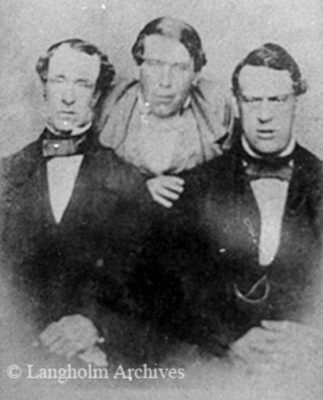
By 1874 it was a large multi-storey complex known as the Factory.
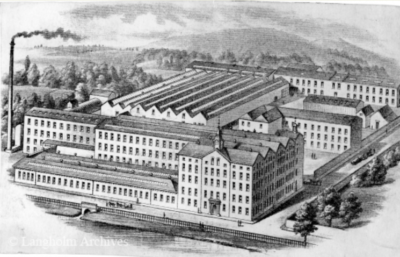
Unlike the other mills, it was in the New Town, with its clock tower facing the Old Town on the other side of the River Esk.

The photo below shows a different angle, with the clock tower at the centre of the picture facing the Old Town on the left. The New Town is in the foreground and on the right.
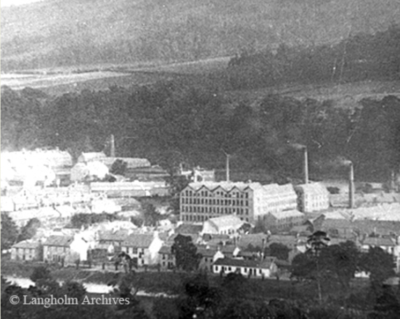
After Alex Reid and Joseph Taylor died in 1874 and 1896 respectively, the company was run by Henry Graham (1846-1909), generally believed to have been Taylor’s illegitimate son. By the time of the Great War, it had passed to Graham’s sons Richard (1874-1918) and Fred (1878-1933).
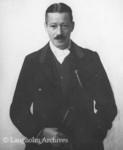
Richard and Fred Graham both died at relatively young ages, without children, and the business was developed into a high-end cloth manufacturer (‘the world’s most expensive twist suiting’) by the energetic and artistic Robbie Scott-Hay (1906-1965). Scott-Hay’s showmanship, which included exhibitions in the company’s own art gallery, was expanded by John Packer who staged international fashion events.
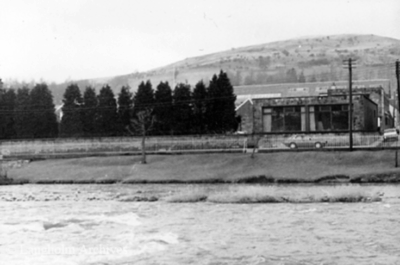
Reid & Taylor was bought by Allied Textiles, a Yorkshire conglomerate, in 1964, and entered into a collaboration with S Kumar Brothers of India in 1998. Reid & Taylor production moved to S Kumar’s facilities in India in 2011 and the Langholm mill closed in 2013.
Reid & Taylor income contributed to two of the Langholm area’s large houses: Craigcleugh (1874), built by Alexander Reid, and Holmwood (1885), built by Henry Graham. However, Reid died before Craigcleugh had been completed.